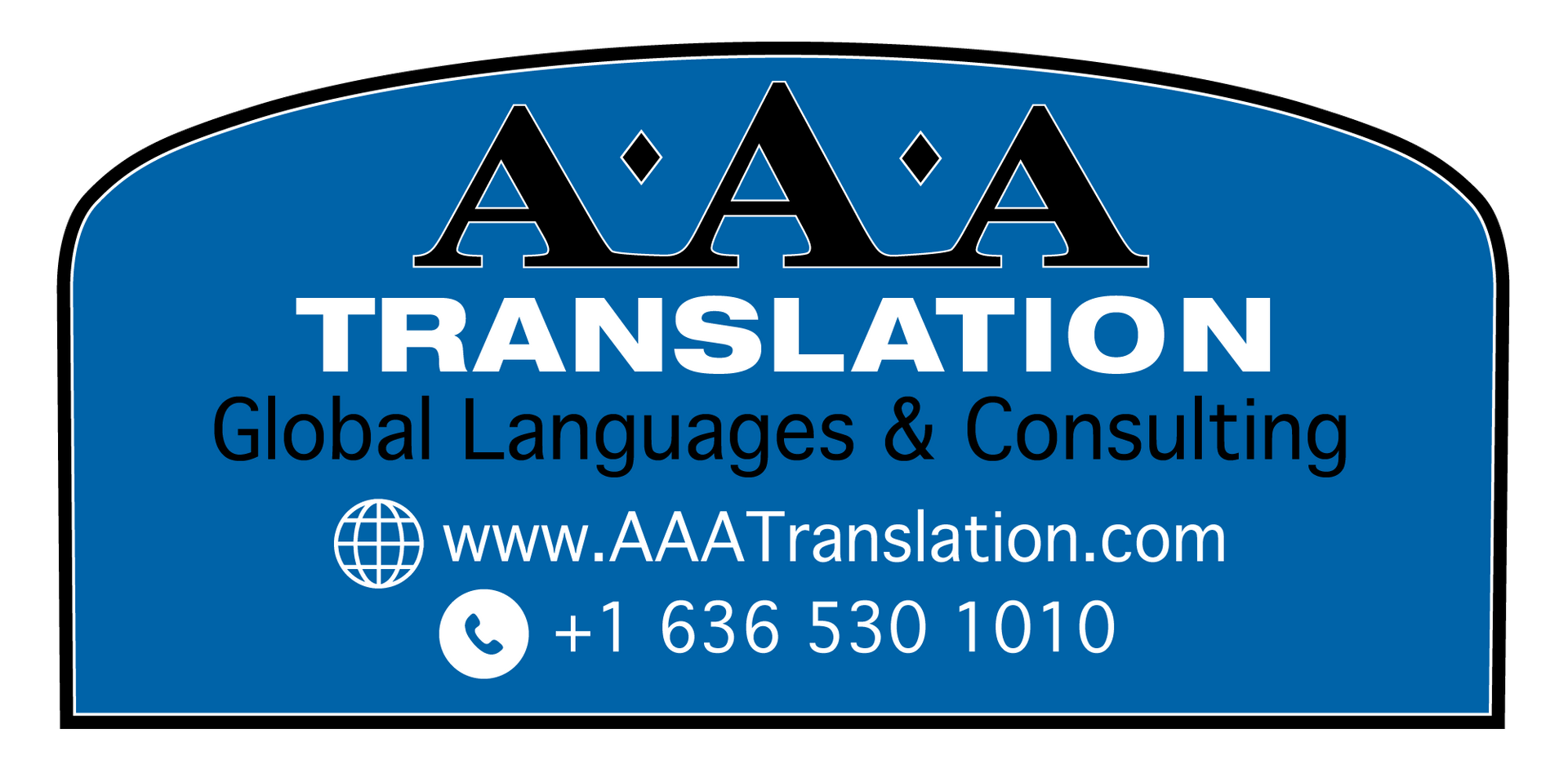Want to Expand Globally? Don't Make These Costly Mistakes
Want to expand your organization or product line globally?
The ultimate success (or failure) of a company’s global expansion rests on various factors, from economics to regulation to competition, but the ones that typically trip companies up the most are those related to cultural and language differences. Even large U.S. companies, like Best Buy and Groupon, have fumbled overseas due to a lack of understanding of their new markets.
Despite the challenges, the potential reward for expanding globally is significant. The International Trade Administration at the U.S. Department of Commerce estimates that more than 70 percent of global purchasing power is outside the U.S.
Avoid these costly mistakes as you expand globally to help ensure your success:1. Don’t underestimate differences, even in the same language.
Even when you’re expanding to another country that speaks the same language (such as the U.S. to the U.K. or vice versa), it pays to localize your messaging and marketing. Names for common products and services are often different. In the U.K., for example, free shipping is known as "free delivery.” And if you send an email to a U.K. customer telling them to buy some pants for their mom for Mother’s Day, don’t be surprised at your lack of sales (“moms” are mums and “pants” are undergarments in the U.K.). Going the other way across the pond, it’s important to Americanize words as well. The U.K. fashion retailer Karen Millen increased conversion rates in the U.S. by 25%, for example, simply by Americanizing their spelling and removing Anglophone terms such as “autumn.”
With this many differences, even in the same language, imagine how many missteps you can make in a foreign language. Nuances are important, and it’s critical to work with professionals who understand the culture and language of your new market.
2. Steer clear of cheap, automated solutions.
You only get one chance to make a first impression…so make sure that yours is a good one in any new global market. Be prepared to invest in hiring qualified professionals to help with localizing your company's website and marketing materials. It’s better to wait or not expand at all than to do it wrong -- the risk of offending potential new customers with poor, embarrassing and/or insulting translations from cheap, automated solutions like google translate or other machine translation is too great.
3) Don’t be insensitive to cultural traditions.
In the U.S., much can be overlooked if you have the right product or service at the right price. This isn’t the case in many other countries, where you can kill deals (depending on the area) by a culture faux pas such as bringing up business too quickly, handling a business card too casually, politely refusing a second drink, using chopsticks incorrectly, crossing your legs the wrong way or shaking someone's hand. Do your research on cultural differences ahead of time.
4. Don't assume that customers are going to be the same.
Beyond language and cultural differences, you must look even deeper at your new market’s consumer psyche. Do not assume that your customers are going to be the same or that your products or services will have the same value proposition. In the U.K., for example, they tend to place smaller orders more frequently, rather than stocking up. In India, consumers spend a larger portion of their income for basic necessities, including food, than Americans do, leaving them with less disposable income to spend on other items. Go into any new overseas market with your eyes wide open to the fact that you'll need to figure out these types of differences and adjust your strategies and tactics accordingly.
Need help as you expand globally? Contact us at toll-free at 844.293.3519 or learn more at www.aaatranslation.com.
